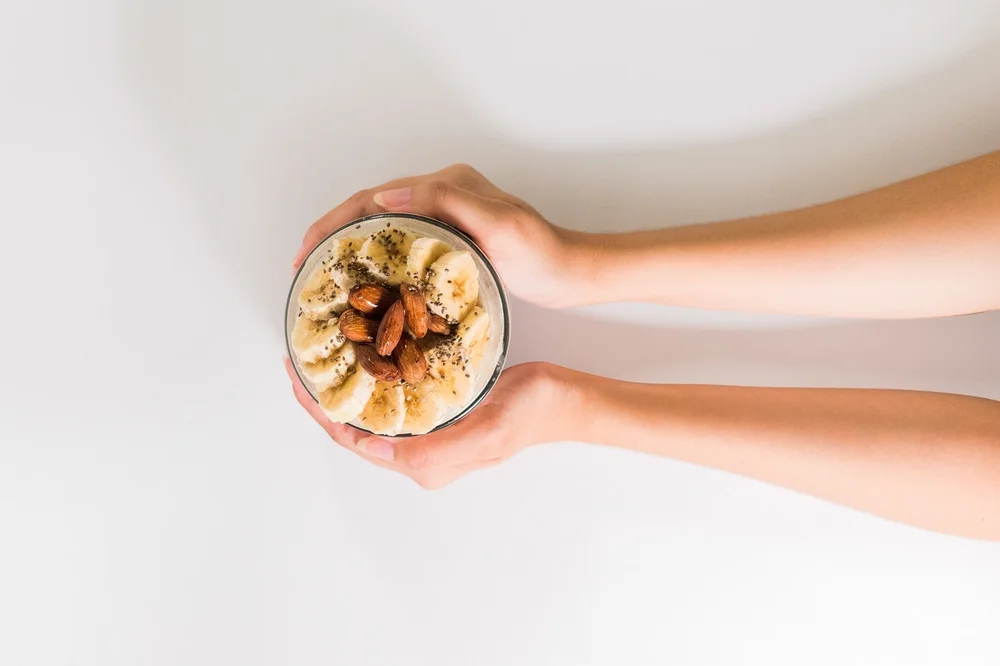Leafy Greens: How to Get More of These Brain Healthy Nutrients!
When it comes to aging, we’re accustomed to seeing certain signs. The most common signs of aging are wrinkles or graying hair.
Your brain is no different than your skin and hair. It undergoes changes related to age, but you can’t see them. Instead, you experience them. You might have difficulty with memory recall, experience low mood, or have trouble with cognition in general.
If you care about your brain and want to maintain its healthy function as you age, think of it like you do your skin. It needs care every day. One simple and profound way to keep your brain youthful is to ensure you consume an abundance of anti-aging nutrients.
Where can you find these nutrients? They’re abundant in green leafy vegetables! Indeed, leafy green vegetables are like “anti-wrinkle cream” for your brain.
Here’s what the research shows, as well as a list of the green leafy vegetables you can start incorporating into your meals.
Leafy Greens and Brain Health: What the Research Says

In one significant study conducted by researchers from Tufts and Rush Universities, the eating habits and brain function of roughly 1,000 adults aged 58-99 was tracked over nearly five years. The study examined the frequency with which the participants consumed green leafy vegetables and measures of cognition.
The findings, published in the medical journal Neurology in 2018, state that the consumption of approximately 1 serving per day of green leafy vegetables – particularly vegetables rich in vitamin K, vitamin E, folate, lutein, nitrate, folate, α-tocopherol, and kaempferol – could be helpful in slowing down cognitive decline as an individual ages.
And it appears that it can slow decline by quite a bit. The rate of cognitive decline amongst participants who consumed the most leafy greens was equivalent to being 11 years younger!
Two additional prospective studies had similar findings. In both studies, the consumption of green leafy vegetables (including spinach, kale, collards, and lettuce) had the strongest association with slowed cognitive decline.
Some experts believe since leafy greens are a good source of folate, which is important to serotonin production, it can boost mood as well.
The nutrients in your greens help support healthy blood sugar levels and circulation too. These effects are important in protecting against vascular-based memory loss and other neurodegenerative health issues.
What Are Leafy Greens?
Leafy green vegetables are simply plant leaves that we eat as a vegetable. The most popular green leafy vegetables are spinach, kale, and lettuces such as romaine, but there are many more.
Here are some delicious and nutritious brain-boosting greens to consider:
- Lettuces of all types (endive, baby lettuce, butter lettuce, etc.)
- Arugula
- Watercress
- Beet, mustard, dandelion, and turnip greens
- Collard greens
- Cabbage
- Bok choy
- Swiss chard
- Rapini
- Frisée
- Escarole
- Pea shoots
- Cabbage
- Herbs such as basil, parsley, mint, and cilantro
- Microgreens
5 of the Best Ways to Consume More Leafy Green Vegetables
If you want to protect your brain health as you age and find new ways to enjoy green leafy vegetables, here are some ideas to get your culinary creativity ignited!
- Spice Up Your Salads
If you regularly eat romaine, kale, or spinach salads, that’s fantastic. But to add some novelty and excitement to your typical bowl of greens, try out some new leaves. You can literally spice up your salads with some spicy bitters such as arugula, radicchio, or mustard greens.
- Steamed or Stirred
As we head into the colder months, your body may crave warmed leaves. Try steaming or stir frying some Swiss chard, bok choy, beet greens, or kale. Green leaves pair well with whole grains such as quinoa and with lean protein.
- Wrap It Up
Go without the bread and use your greens to wrap up something delish. Enjoy some fresh hummus, or tuna, egg, or chicken salad wrapped with leaves of romaine, butter lettuce, or Belgian endive.
- Toss It In
Leafy greens can literally be tossed into dishes, instantly boosting your daily intake of vital nutrients. If you eat eggs in the morning, chop up some spinach or fresh parsley, cilantro, or basil and toss them into a scramble. Add kale to your favorite soup recipe. Pack the green on your favorite sandwich and switch it up by adding something different like watercress, arugula, cabbage, or spinach. Toss some microgreens into your favorite smoothie recipe.
- Get Saucy
Don’t forget to add a little nutrient-rich leafy greenness to your sauces and dressings. All you need is a food processor. Make a healthy pesto, which is filled with basil. Try a cilantro-lime sauce over chicken.
Experiment!
You’ll surely discover many ways to enjoy more leafy greens. Follow healthy chefs on social media, ask friends, or just try things out. Enjoy and have fun while knowing that you’re essentially putting on your brain anti-wrinkle cream with each daily serving of green leafy vegetables!
At BrainMD, we’re dedicated to providing the highest purity nutrients to improve your physical health and overall well-being. For more information about our full list of brain healthy supplements, please visit us at BrainMD.
- What Are the 7 Healing Frequencies and Benefits of Sound Healing? - April 26, 2024
- Here Are Some of the Best Tension Release Exercises to Help You Feel Your Best! - April 17, 2024
- Foodscaping: How to Grow Healthy Foods In Your Own Garden! - April 12, 2024



